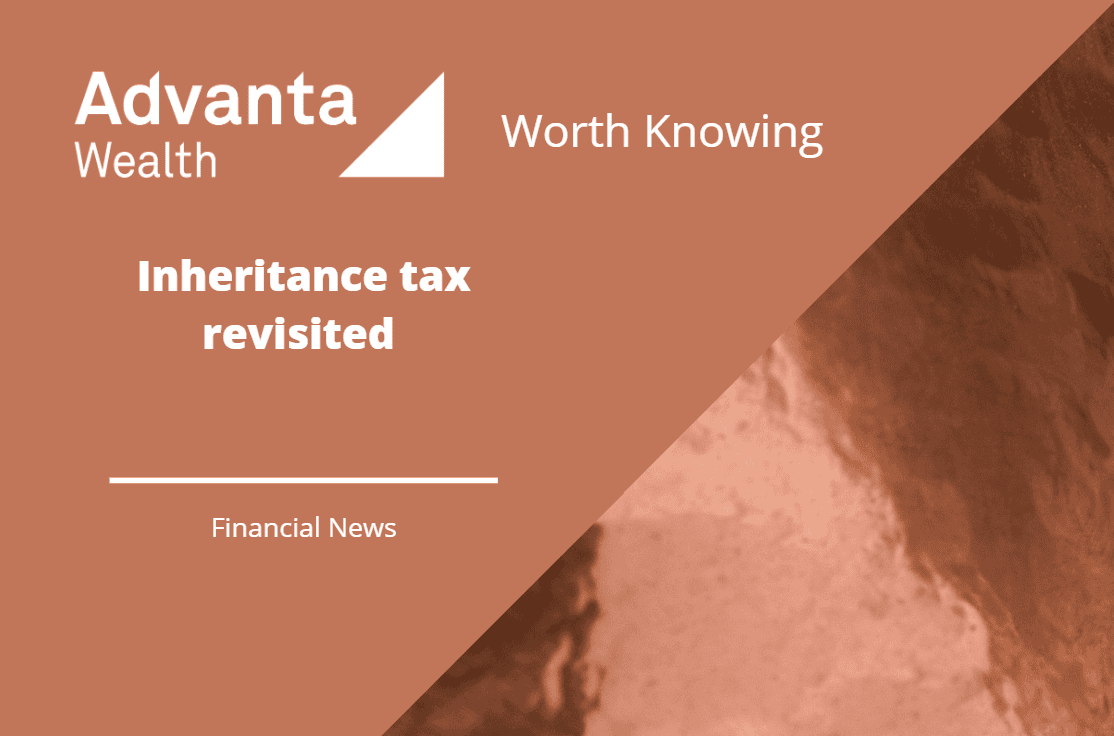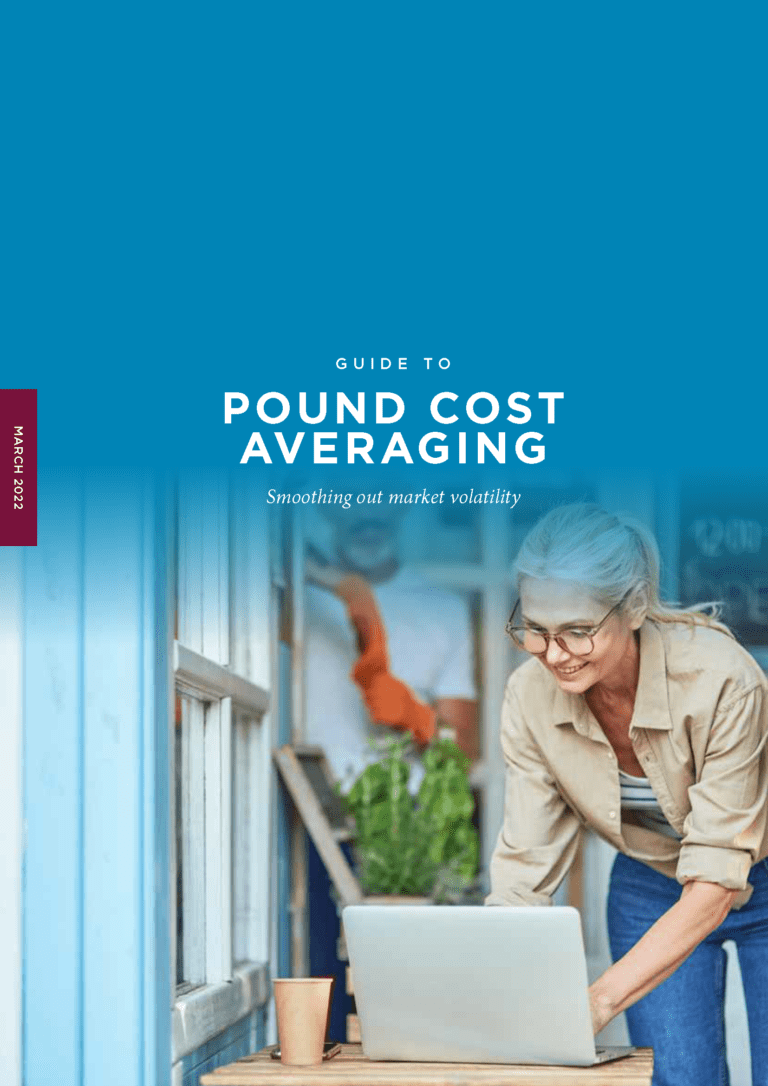Women have lower pension pot sizes in every age bracket
The staggering impact of the gender pension gap has been revealed in new research[1] which shows that women have lower pension pot sizes in every age bracket, with the situation significantly deteriorating as they approach retirement. Worryingly, women on average retire with less than half the income of men.
Gender Pension Gap by pension contributions
Age Gap in pension contributions
20-24 13%
25-29 16%
30-34 15%
35-39 18%
40-44 23%
45-49 29%
50-54 35%
55-59 40%
60-64 45%
65-69 49%
Reduction in contributions paid into pensions
The amount paid in contributions has a big impact on what is received at retirement and the difference between men’s and women’s contribution rates is stark. For most people, the effect of working part-time means a reduction in contributions paid into their pension.
If a person opts to reduce their full-time working hours to three days a week, they might expect their pay and their pension contributions to reduce by 40%. However, because of auto-enrolment (AE) thresholds, the impact could be greater than that.
Good financial planning
A person earning £30,000 opting to reduce their hours by 40% would see their pay reduce by 40%. However, because of the lower qualifying earnings threshold (LET) under AE, their pension contributions would reduce to around 50% of their full-time value. A worker earning £20,000 would see their pension contributions reduce by over 58%.
Pension contributions are unlikely to be a deciding factor when considering whether to work part-time. What is important is that people understand the long-term impact on their pension when they are making that decision. This is crucial to good financial planning.
Upping pension contributions
Some people might consider upping their pension contributions, but this would have to be carefully balanced against disposable income. Another option some parents may consider is sharing the caring responsibilities to help spread the long-term financial impact.
One significant change to help women in this position would be to remove the LET. It has the potential for the biggest impact on closing the gender pension gap and has been promised by government for the ‘mid-2020s’.
How to help close the gender pension gap
If you are working part-time and are automatically enrolled into a workplace pension scheme, consider increasing your monthly contributions, if it is affordable.
If you earn less than £10,000 per year, speak to your employer about your options for joining your company pension scheme.
If you are thinking about reducing your working hours to help balance family life, you might want to consider whether it is better for you or your partner to work part-time. As part of those considerations, you might want to look at which of you gets higher employer pension contributions.
When it comes to saving into a pension, starting early allows a small contribution to build up over time.
For those in a long-term relationship, have a stake in your finances. Should divorce ever come into the picture, keep pensions at the forefront of your mind when splitting assets.
Check your National Insurance record to see if you will get the full State Pension amount when you retire. You need a total of 35 years of National Insurance contributions, or, in some cases, you can apply for credits. If it looks like you might be short, you might have the option to pay to fill in the gaps.
Apply for Child Benefit even if your overall household income means you need to pay it back through a high-income Child Benefit charge. If you are not working while looking after a child you get State Pension credits automatically until your youngest child is 12 years old as long as you are claiming Child Benefit. If you do not claim Child Benefit you do not receive the credits.
Talk to your employer about the policies they offer.
Source data:
[1] Aviva Workplace Pension Data: Percentage difference in mean total contributions paid in January 2022, men versus women, by age group, based on a sample of 2,073,000 workplace pension plans receiving contributions in the month.
Content of the articles featured in this publication is for your general information and use only and is not intended to address your particular requirements or constitute a full and authoritative statement of the law. They should not be relied upon in their entirety and shall not be deemed to be, or constitute advice. Although endeavours have been made to provide accurate and timely information, there can be no guarantee that such information is accurate as of the date it is received or that it will continue to be accurate in the future. No individual or company should act upon such information without receiving appropriate professional advice after a thorough examination of their particular situation. We cannot accept responsibility for any loss as a result of acts or omissions taken in respect of any articles. For more information please visit www.goldminemedia.co.uk








